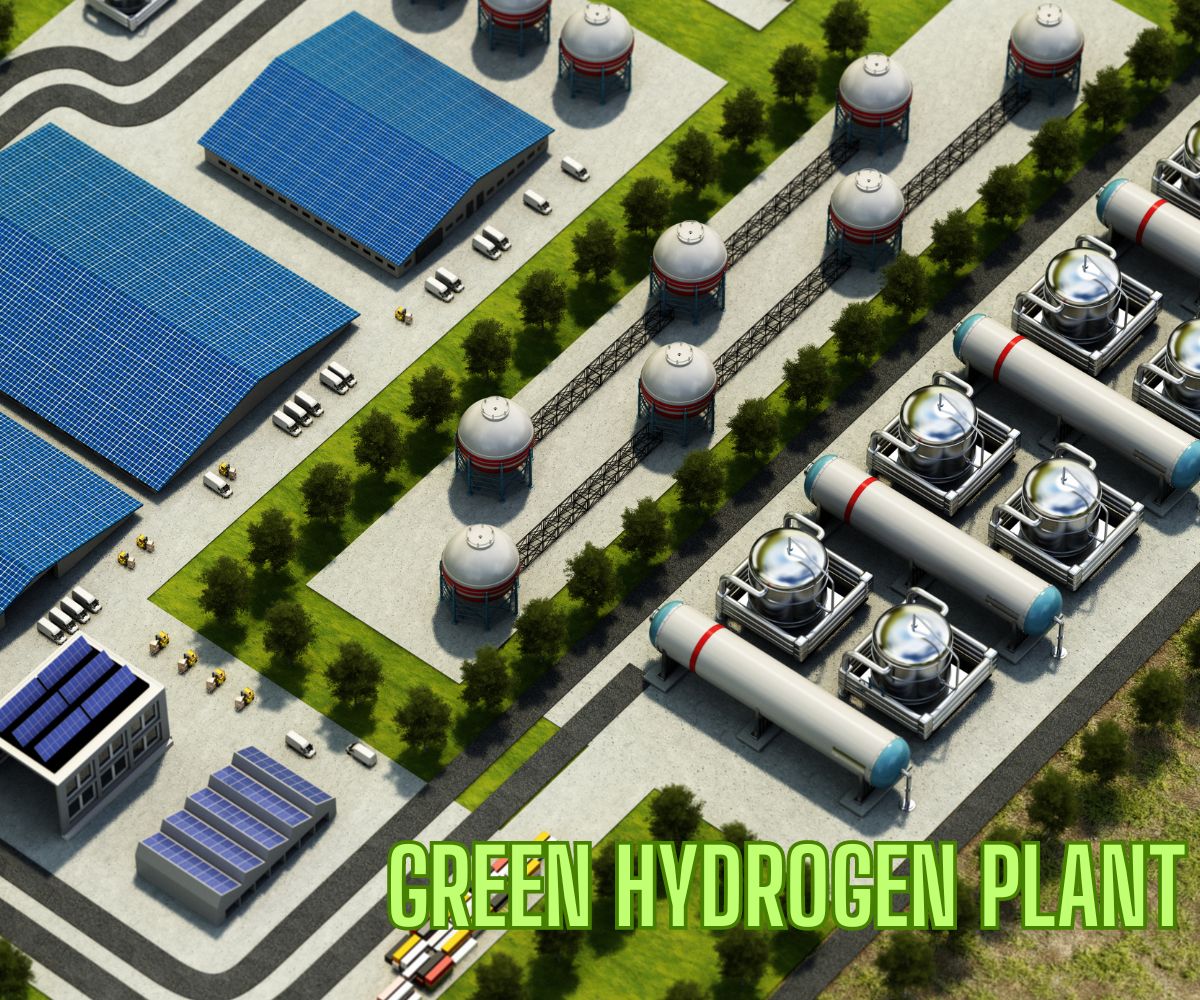
Green hydrogen storage techniques we’re hearing more about in 2024
March 2, 2024As H2 becomes an increasingly important form of fuel for decarbonization storing it is vital.
Hydrogen storage has been making its way into the spotlight on a growing basis as countries and companies look to H2 as a form of zero carbon emission solution as a part of their decarbonization strategies.
After all, when the H2 has been produced, it needs to be held somewhere until use
Hydrogen storage must be practical, safe, affordable, and effective, among other factors. Moreover, it must be scalable as the demand for H2 continues to climb. With so many vital components, there remain several challenges for companies seeking to store H2 as a part of the production and distribution infrastructure.
What makes it so important?
At the same time that H2 is a great way to store renewable energy such as solar and wind power, hydrogen storage isn’t necessarily simple.
Challenges in hydrogen storage
Indeed, H2 or Hydrogen is a gaseous substance, necessitating larger storage areas compared to natural gas. Additionally, it possesses a boiling point close to absolute zero, implying that it must be stored in a cryogenic state when in liquid form. While it doesn’t typically lead to corrosion of the container materials it’s stored in, certain conditions can provoke metal fracturing.
Common green hydrogen storage methods
Though there are many different hydrogen storage methods, there are four that are used most commonly for green H2.
These are:
- Geological – This involves using geological structures such as underground caves, abandoned sections of mines, or salt caverns to store the H2. There are a number of projects worldwide that are currently using or are planning to use this method.
- Liquefied H2 – In this method, H2 is cooled to at least -253ºC and contained in insulated tanks to reduce the risk of evaporation and keep the temperature low. Though this requires less space for hydrogen storage, it is expensive and requires a complex facility.
- Compressed H2 – As is the case with essentially any gas, gaseous H2 can be compressed in tanks under pressure. This way, it can be kept in its gaseous form but requires less space.
- Materials-based methods – Instead of compressing or liquefying the H2, solids or liquids able to absorb or react with H2 are used to bind with it like ammonia.
Hydrogen Storage Companies That Have Made Headlines in 2024
The Innovative Approaches of H2MOF and Eindhoven University
California-based startup, H2MOF, co-founded by Nobel laureate, Fraser Stoddart, is making strides in hydrogen storage technology. Founded in 2021, the company aims to compress and store hydrogen at room temperature without the need for high pressure or low temperatures, which are traditional challenges in hydrogen storage. The technology could revolutionize hydrogen applications, including automobile fueling, by making the storage process more efficient and less energy-intensive.
Stoddart is optimistic about the breakthrough, stating that while hydrogen production is a “settled problem,” the real challenge lies in its storage. He believes the solution lies in storing it at low pressures and ambient temperatures, and that they are on track to achieve this.
H2MOF hopes to launch this innovative technology within the next few years. The startup, which sees hydrogen as crucial to the green transition, has accelerated its research with AI and computer-generated models.
In another development, a team at the Eindhoven University of Technology proposed an innovative hydrogen storage solution using small iron balls or iron pellets. The team’s steam-iron process reacts iron with steam under high pressure, producing hydrogen and iron oxide. This process allows iron to serve as a circular carrier of hydrogen, with a higher energy density than pressurized hydrogen and easier storage and transportation. 
The Largest Green Hydrogen Storage Project in the US
Swiss-based energy storage company, Energy Vault, has announced the commencement of construction for the Calistoga Resiliency Center (CRC) in Calistoga, California. This project, developed for Pacific Gas and Electric Company (PG&E), is set to be the largest green hydrogen storage project in the U.S. Upon completion in July 2024, the CRC will be a hybrid system, combining utility-scale green hydrogen with an ultra-long duration battery energy storage system, providing 293 MWh of dispatchable carbon-free energy.
The CRC’s BESS portion will support grid forming and black start capabilities, essential for recovery from total or partial shutdowns. The system is designed to power downtown Calistoga and surrounding areas for up to 48 hours during potential public safety shutoffs, replacing traditional mobile diesel generators currently in use.
Gasunie and Storag Etzel’s H2CAST Project: A Leap in Hydrogen Storage
Dutch natural gas company Gasunie and Germany’s Storag Etzel are collaborating on the H2CAST project – a pioneering hydrogen storage initiative in Lower Saxony, Germany. The project involves testing hydrogen storage in salt caverns, aiming to create a facility with a capacity of up to 1TWh of hydrogen. The strategic location of Etzel offers connections to hydrogen markets in the Netherlands and Germany. This venture underlines the importance of effective energy storage in balancing supply and demand, with salt caverns providing flexibility, safety, and support for the burgeoning green hydrogen sector.
The Importance of Green Hydrogen Storage Research
The current surge in research on green hydrogen storage represents a critical piece of the puzzle in our quest for sustainable energy solutions. As we transition towards renewable energy sources, effective storage mechanisms become increasingly important to ensure a steady supply of power, irrespective of fluctuations in renewable energy production.
Recent studies suggest that salt caverns could be a scalable and cost-effective solution for hydrogen storage. These geological structures offer flexibility, safety, and large-scale storage capacity, making them an attractive option for the burgeoning green hydrogen sector.
Moreover, the integration of hydrogen storage with power generation from renewable sources, such as wind energy, is revealing optimal control strategies, further bolstering the efficiency of green hydrogen systems. Other research focuses on high-pressure hydrogen production through formic acid dehydrogenation, using highly active catalysts.
In addition, advances in hydrogen fuel cell technologies and the development of methods for hydrogen storage in solids, liquids, or surface-based materials are contributing to the commercial-scale use of green hydrogen.
Overall, these research efforts are not only expanding our understanding of green hydrogen production and storage but also bringing us closer to realizing a renewable energy society underpinned by a green hydrogen economy. The rapid pace of these advancements underscores the significance and urgency of this work, highlighting its central role in our collective pursuit of sustainable and reliable energy solutions



 With over 15 years of reporting hydrogen news, we are your premier source for the latest updates and insights in hydrogen and renewable energy.
With over 15 years of reporting hydrogen news, we are your premier source for the latest updates and insights in hydrogen and renewable energy.